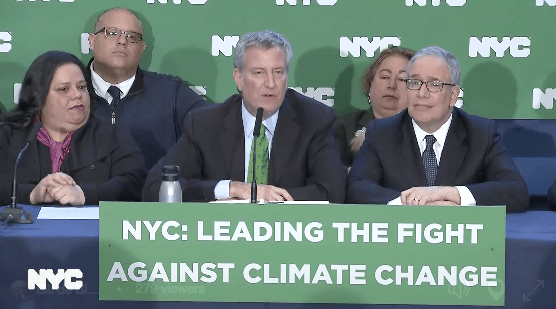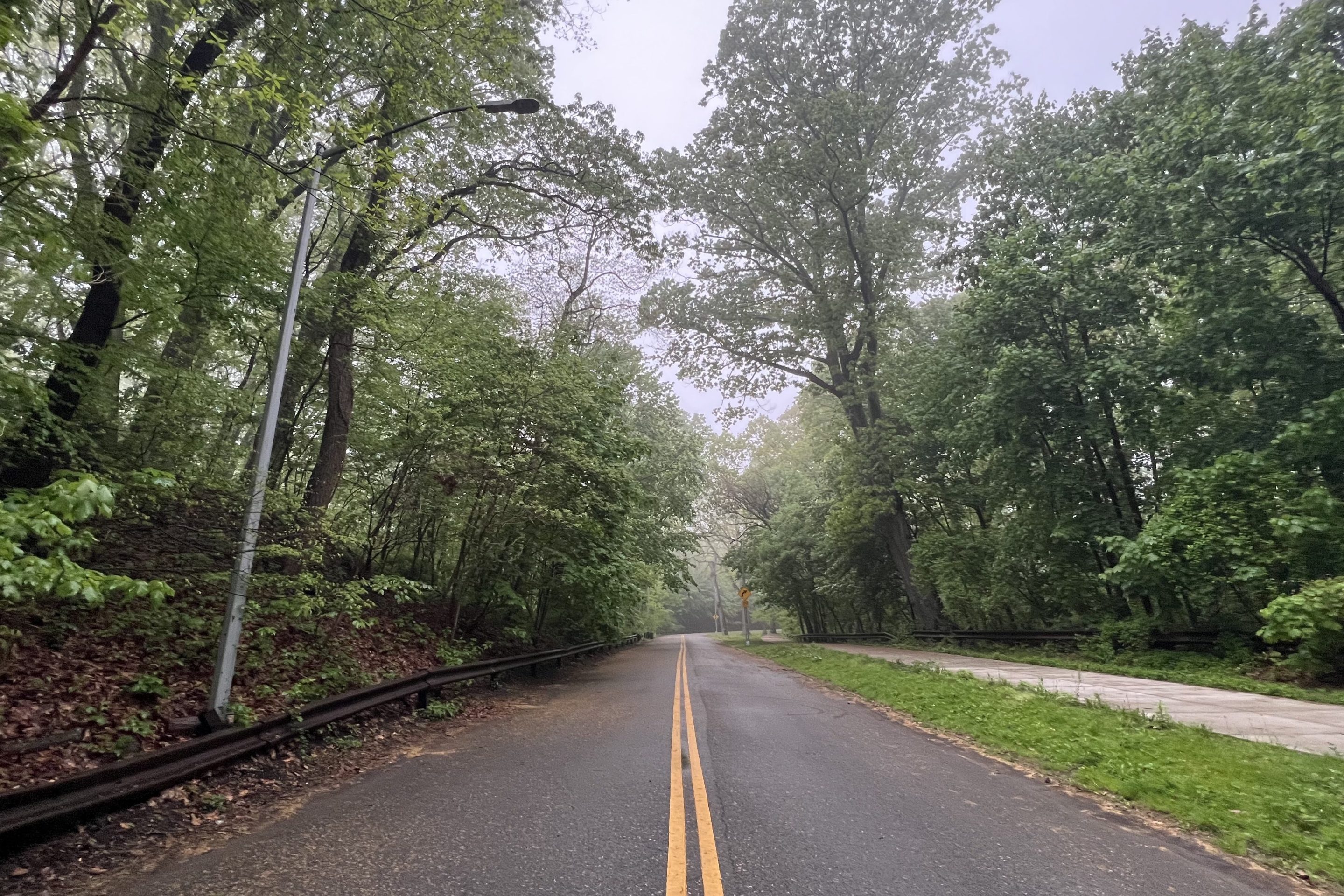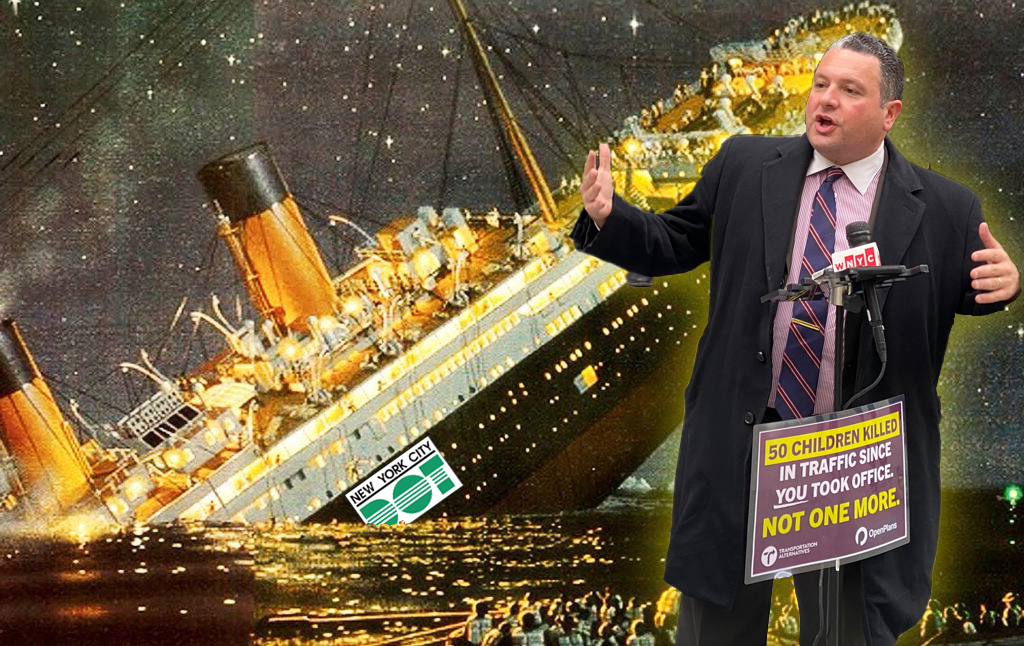Every big-city American mayor, it seems, wants to style themselves as a righteous climate change fighter. But few are willing to take political risks and champion the policy changes that will maximize carbon reduction in their cities.
Transportation is now America's largest source of carbon emissions, and as Climate Wire recently put it, carbon spewed by cars "threaten[s] to undercut blue states' climate goals." Mayors can play a big role in reducing transportation per capita energy consumption by facilitating more compact land use. But most remain beholden to the status quo.
There's Portland Mayor Ted Wheeler, who calls himself a "climate mayor" but is backing an expensive highway widening in a central urban neighborhood. And you've got New York Mayor Bill de Blasio, who staged a press spectacle out of suing Big Oil but hands out tens of thousands of free parking perks.
To avoid further confusion, we're laying out a short list of prerequisites for any mayor who wants to claim the mantle of battling climate change. It takes more than lip service to be a climate mayor.
1. Reduce or eliminate parking minimums
If your city still requires parking spaces for every apartment, office, store, and restaurant, your mayor isn't really on the front lines against catastrophic climate change. America's minimum requirements generate traffic and prevent efficient, low-carbon use of land. They're in desperate need of reform.
The politics of parking are difficult, and to make progress, leadership from City Hall is essential. It can be done: Smaller cities like Buffalo and Hartford have recently managed to eliminate minimum parking requirements citywide. Seattle is advancing new rules that reduce the strength of parking mandates.
Still, no big-city American mayor holds a candle next to Mexico City's Miguel Mancera, who eliminated parking minimums and replaced them with parking maximums.
Inaction on the enormous fossil fuel subsidy of parking mandates while the icecaps melt is inexcusable.
2. Make room for effective transit on your streets
Transit budgets are typically outside of a mayor's direct control. But City Hall still has a lot of power to make transit a useful travel option for residents. The workhorse of American transit is bus service operating on city streets, and mayors can always make the streets work better for bus riders.
It's up to the mayor to direct city staff to create transit-only lanes, and to support replacing parking spaces or general traffic lanes with street space for transit. Bus lanes and traffic signals that extend green lights for buses can shorten trip times, enabling transit agencies to run more buses and growing ridership.
Boston Mayor Marty Walsh recently hired 20 people to improve bus service in coordination with the MBTA. New York, San Francisco, Seattle, Baltimore, and Providence all have city staff working on bus improvements.
3. Allow more housing near good transit
What good is your city's transit network if only an affluent or lucky few can afford to live close by? Zoning laws that restrict housing and development near good transit shut people out from access to low-carbon transportation and force more people to live in high-carbon auto sprawl.
Mayor Jacob Frey is trying to change things up in Minneapolis. He wants to allow four-plexes throughout the city, including the two-thirds of Minneapolis currently zoned exclusively for single-family houses. Not only will the measure allow more people to live in transit-accessible Minneapolis, it will make housing more affordable and reduce residential income segregation. That's the kind of urban climate change leadership we need.
4. Make streets safe for biking and walking
Wide, dangerous streets clogged with car traffic are a disaster for the climate. We know that most car trips in the U.S. are actually quite short and could be done by walking or biking -- if the streets weren't so intimidating for people outside of cars.
Despite a newfound emphasis on crash reduction at many city DOTs, few mayors have really stuck their necks out to turn car-centric streets into places where everyone feels comfortable walking or biking. Even in America's "leading" cities, protected bike lanes and pedestrian safety plans are rolled out tentatively.
To make progress that matters for the climate, mayors will have to implement cohesive networks for active transportation much faster. Real climate mayors take street space from cars so people can walk and bike.






